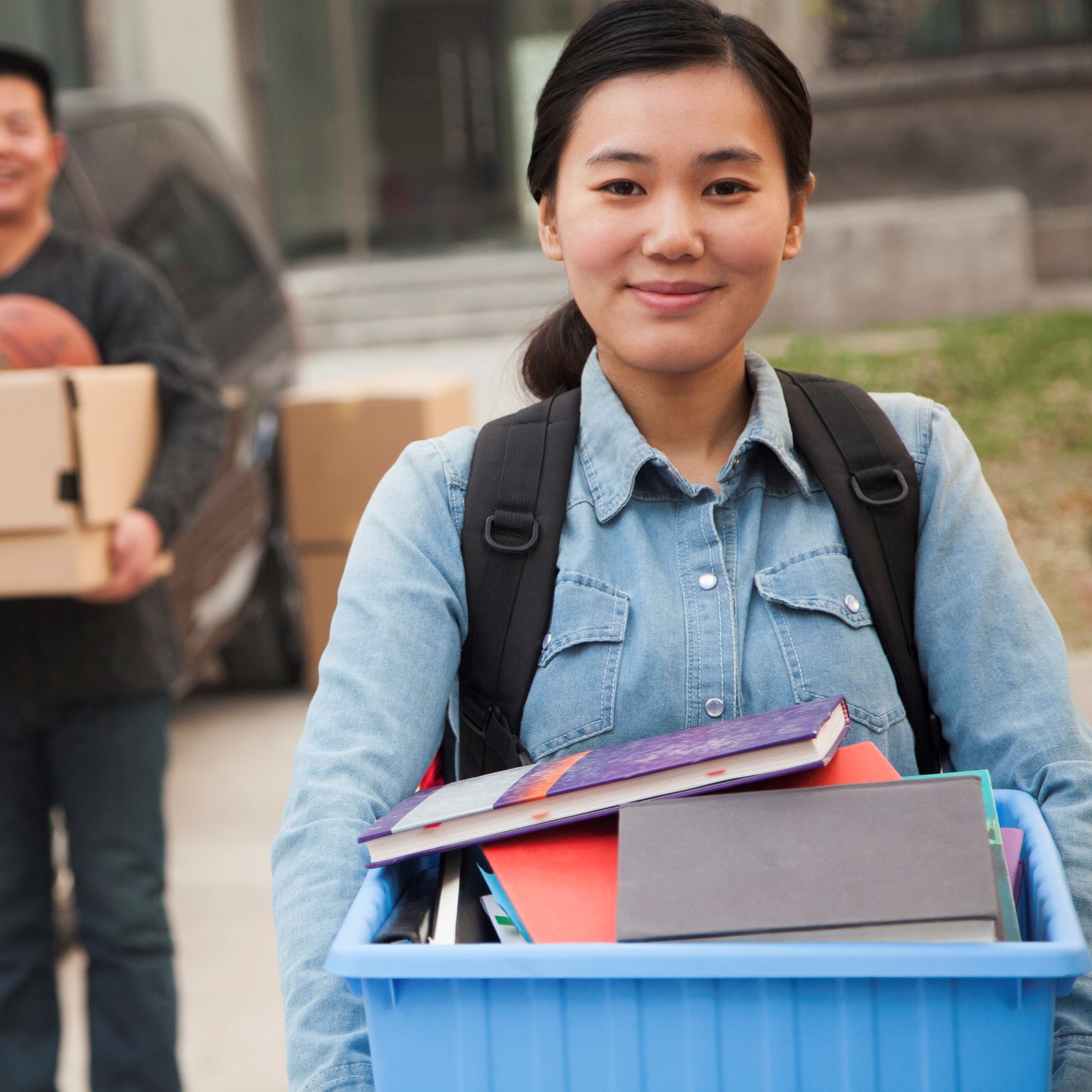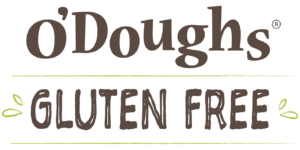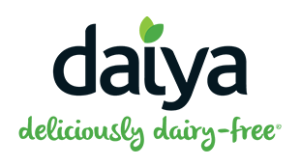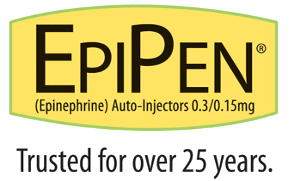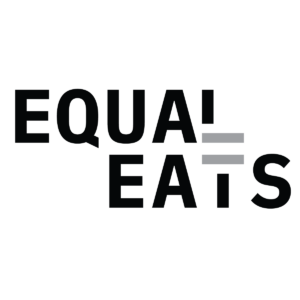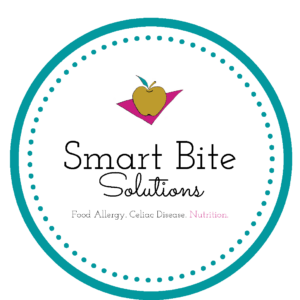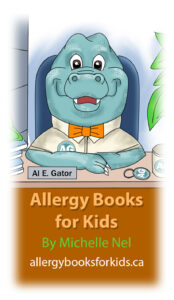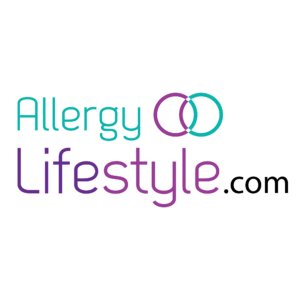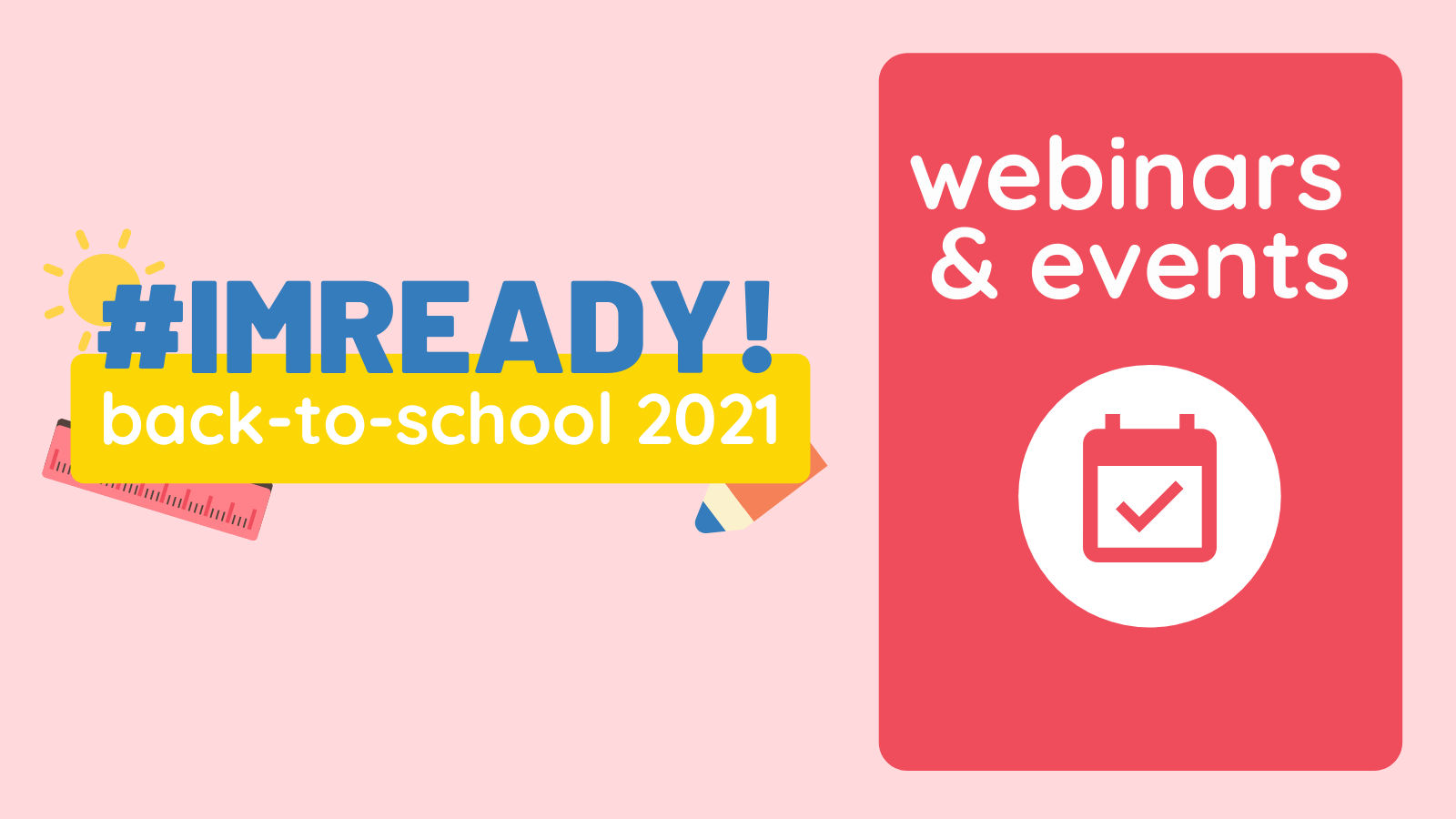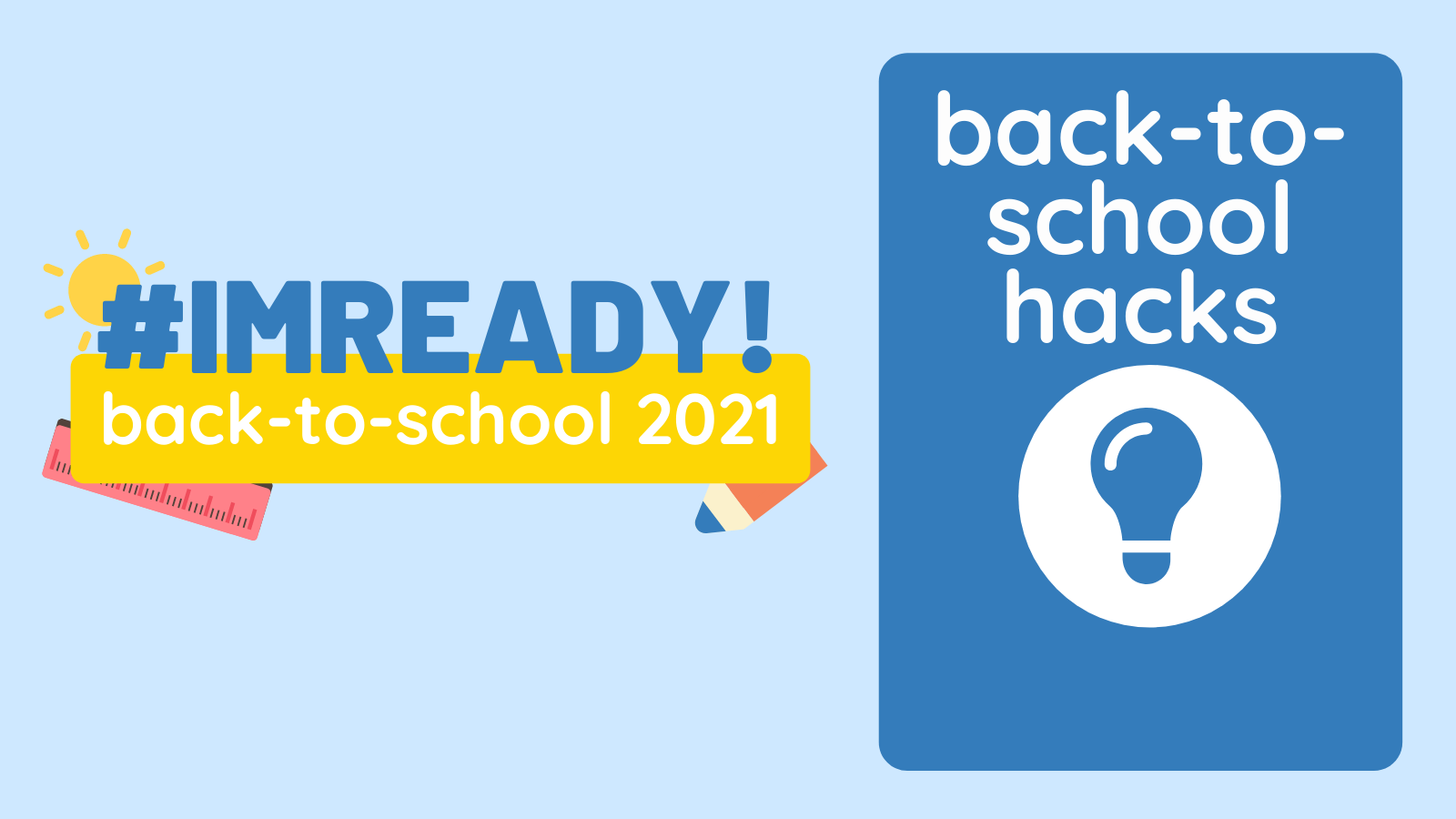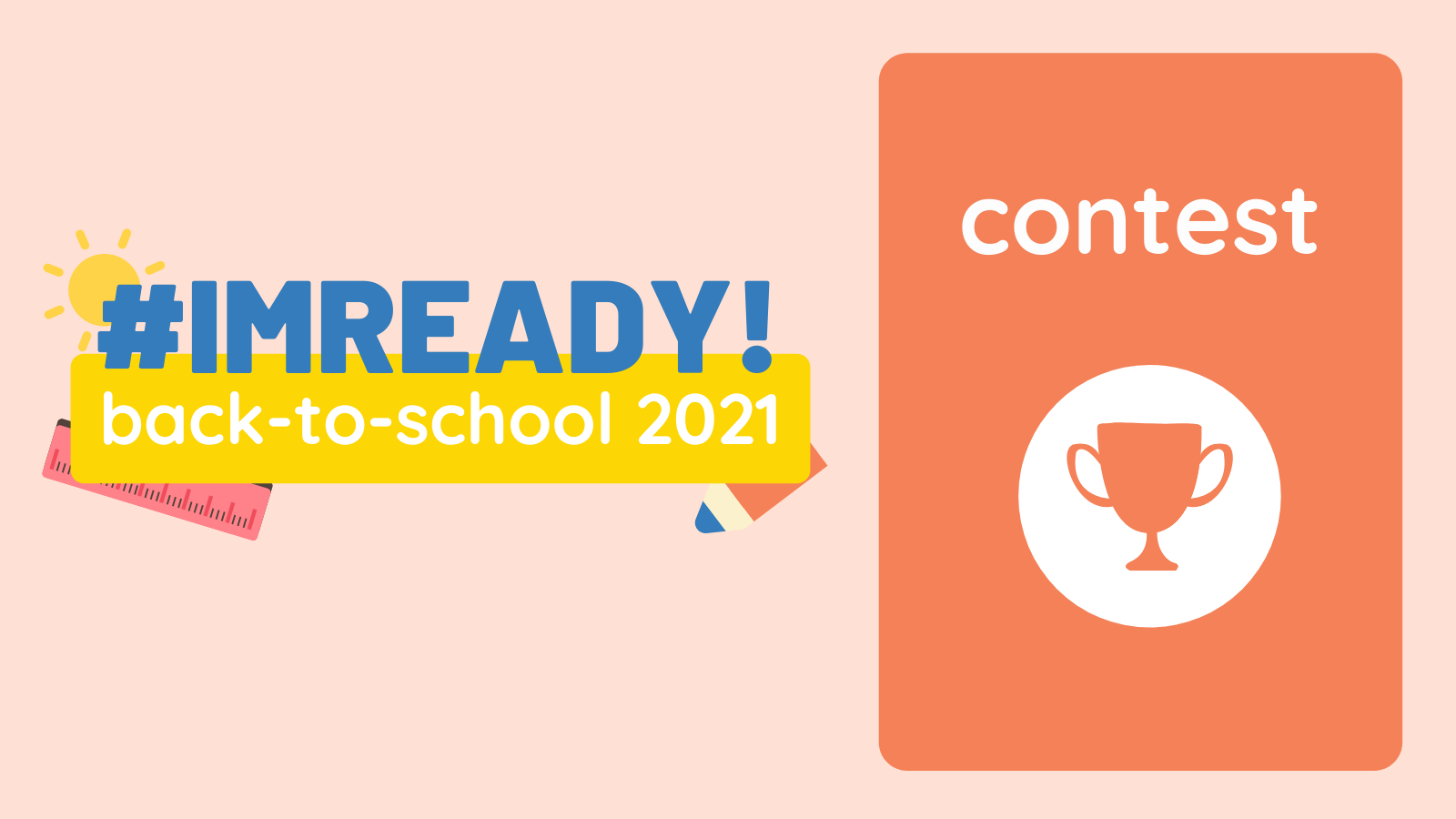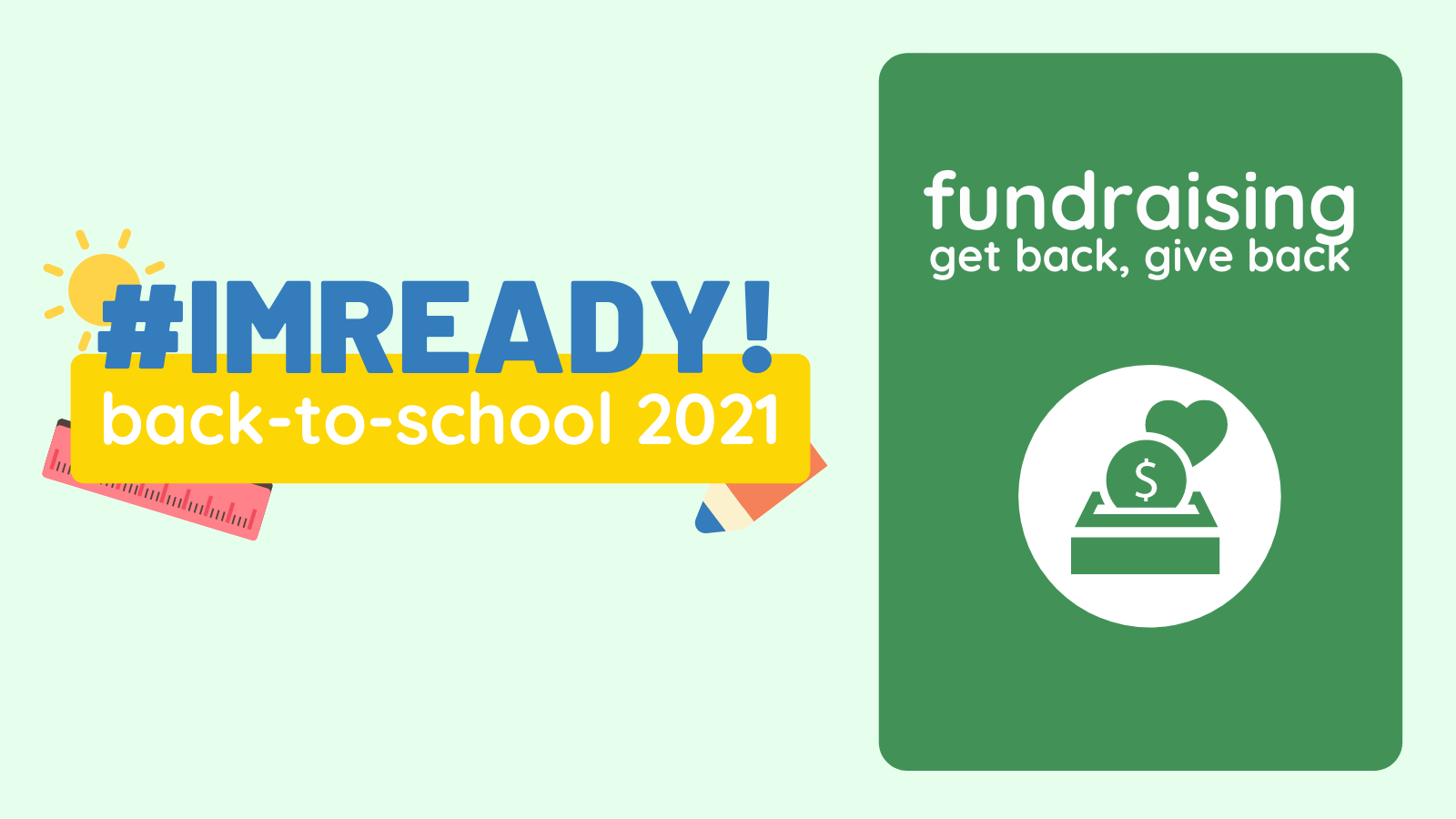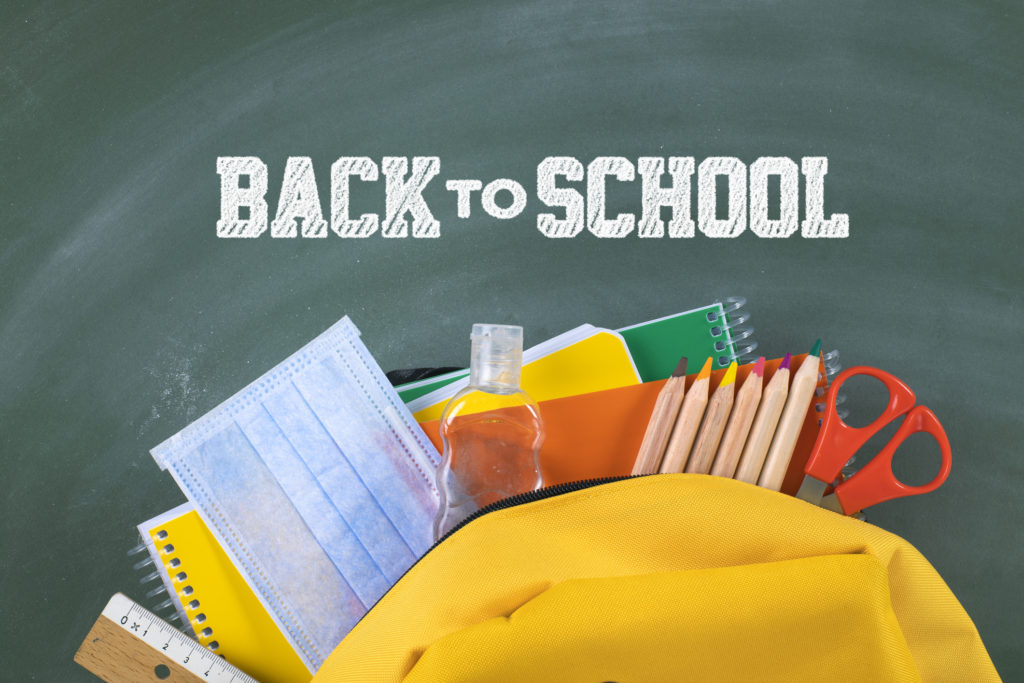
With the pandemic, there are some things to keep in mind as your child heads back-to-school. Schools will be continuing to implement measures to limit the spread of COVID-19, and while these measures are intended to curb infection, they can also help to reduce the risk of allergic reactions.
Changes to daily routines to keep students and staff safe at school are the same measures which can help students with food allergy manage their condition, such as:
- Washing hands with soap and water before and after eating
- Not sharing food/drinks, straws, utensils, and food containers with others
- Cleaning and disinfecting surfaces like desks and tables

School preparedness
Find out how your school plans to handle physical distancing in classrooms, hallways, and other shared spaces, along with the increased health and safety protocols that need to be followed. Talk these over with your child so they have an idea of what to expect at school, in addition to speaking to them about managing their food allergy at school. Like reminding them to avoid sharing food/drinks and to stick with what’s in their lunch bag or food that has been approved by you. (Scroll down to the “food allergy management” section for more recommendations).
 Hand washing tips
Hand washing tipsCheck out this fun infographic and video for kids from the Government of Canada on how to properly wash hands.
 Answers to your questions
Answers to your questionsGet answers to common questions from parents about the new school year. Plus, get your questions answered on the COVID-19 vaccines for children and teens with food allergy and hear from our expert panel on their perspectives on going back to school in 2021.
COVID-19 vaccines for children and teens
Get your questions answered on the COVID-19 vaccines for children and teens. Find out about the approved vaccine options and recommended ages, and what to consider if a child/teen has a food allergy. Watch the webinar.
Wearing masks
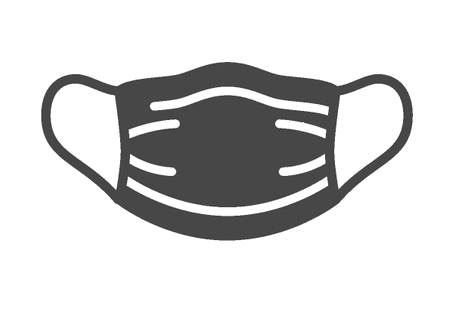
If masks are to be worn by students, have your child practice at home first. Wearing a mask can become part of their routine, just like carrying their epinephrine auto-injector when they’re mature enough to do so and wearing medical identification like MedicAlert®.
Since masks may cover up skin symptoms on the face during an anaphylactic reaction, it’s important to talk to your child about the signs and symptoms in an age appropriate way. They should know to tell an adult if they start to feel unwell at school.
Note, anaphylaxis generally includes two or more body systems, which means that your child most likely will have other symptoms beyond the skin covered by the mask, such as hives or itching on other parts of the body, or symptoms related to breathing, the stomach or heart.
Food allergy management
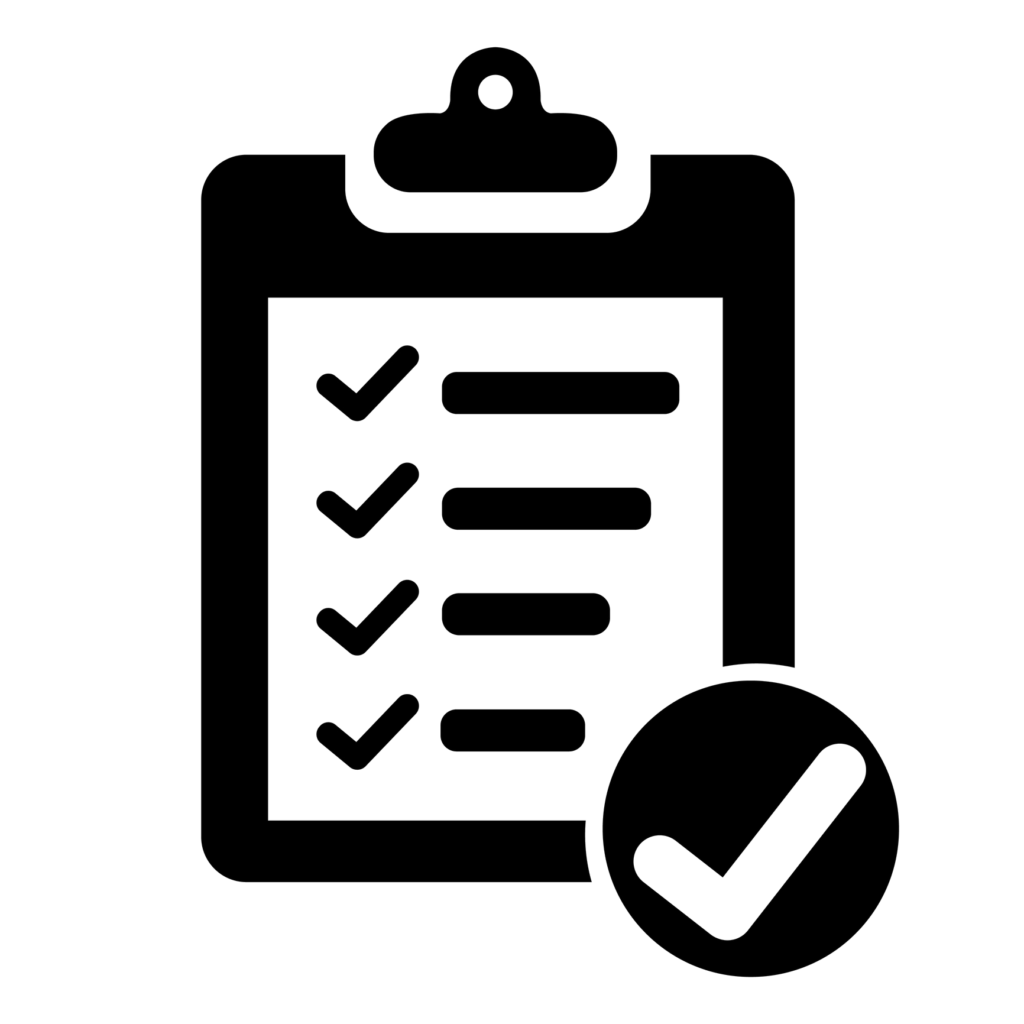
While the pandemic has changed certain behaviors, you can still plan on managing your child’s food allergy in the same ways as previous years, for instance:
- Review your school’s policies on food allergy and anaphylaxis management, along with provincial requirements
- Complete all the necessary paperwork, like the Anaphylaxis Emergency Plan
- Have at least one in-date epinephrine auto-injector (EpiPen®, ALLERJECT®, Emerade™) for your child and/or the school
- Talk to your child’s teachers about your child’s food allergy, as needed
- Suggest the staff stay informed and educated on anaphylaxis by taking an AllergyAware.ca course
If you are a new or returning post-secondary student who intends to live in residence and eat in dining halls, contact your institution to find out what health and safety measures are planned.
Find additional suggestions in our back-to-school food allergy checklist, these tips continue to apply for kids who are starting school for the first time or are returning students.



